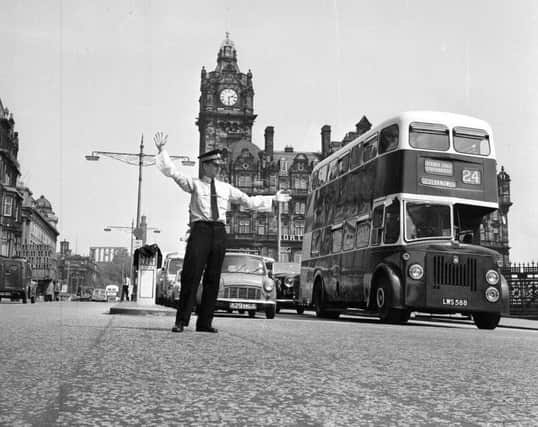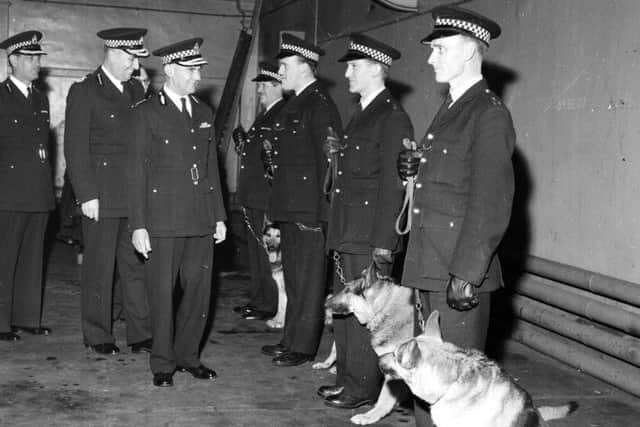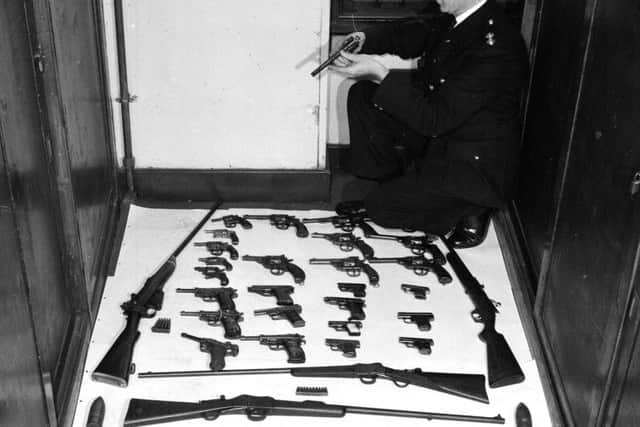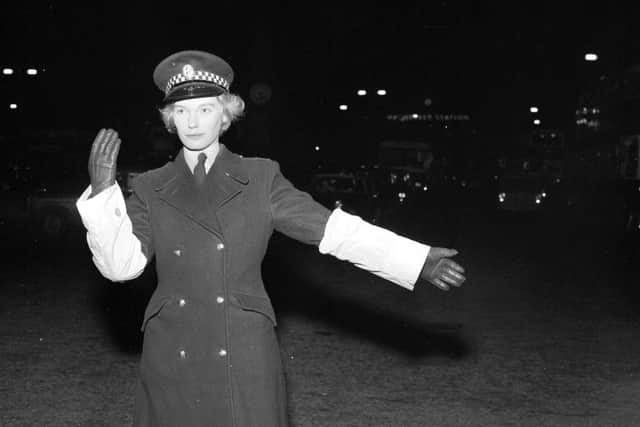In pictures: Scotland’s evolving police force


Gormley, a former deputy director of the National Crime Agency, will head the organisation formed in 2013 when the nation’s eight regional constabularies were merged.
The new CC will face several issues requiring his attention.
Advertisement
Hide AdPolice Scotland has faced severe criticism over its response to an M9 crash in July, in which John Yuill and his partner Lamara Bell died, after it took three days for officers to respond to reports.


The policy of arming officers to attend routine incidents has also been questioned.
Policing north of the border has evolved considerably throughout the 20th century.
Prior to 2013, the most significant reorganisation occurred in 1975 when the eight regional forces were created.
They replaced numerous smaller city and county constabularies that had been founded at various points throughout the 19th century onwards.


Earlier this year, the 100th anniversary of the first female police officers to serve in Scotland was celebrated.
Advertisement
Hide AdIn 1915, Emily Miller joined City of Glasgow Police and Jean Thomas joined Dundee City Police.
While largely accepted during the war years - women were filling a variety of traditionally male jobs as men were called to fight - it proved controversial in peace time.
Advertisement
Hide AdIn 1922, following weeks of press speculation, the Chief Constable of Dundee City was forced to publicly deny he had a woman working as a constable.


The officer was being economical with the truth. There was indeed a female constable serving at that time, although it would be another two years before her or other women coppers were granted full power of arrest.
Today, around 40 per cent of all new recruits to the national Police Scotland constabulary are female, representing a significant increase compared 20 or 30 years ago.
Until 1968, female police officers were required to quit the force when they married.
Even as late as the 1980s, there were certain aspects of policing that remained off-limits to ladies.
They were not allowed to patrol after dark due to safety fears, for example, and could not become full members of the Criminal Investigation or dog-handling departments.